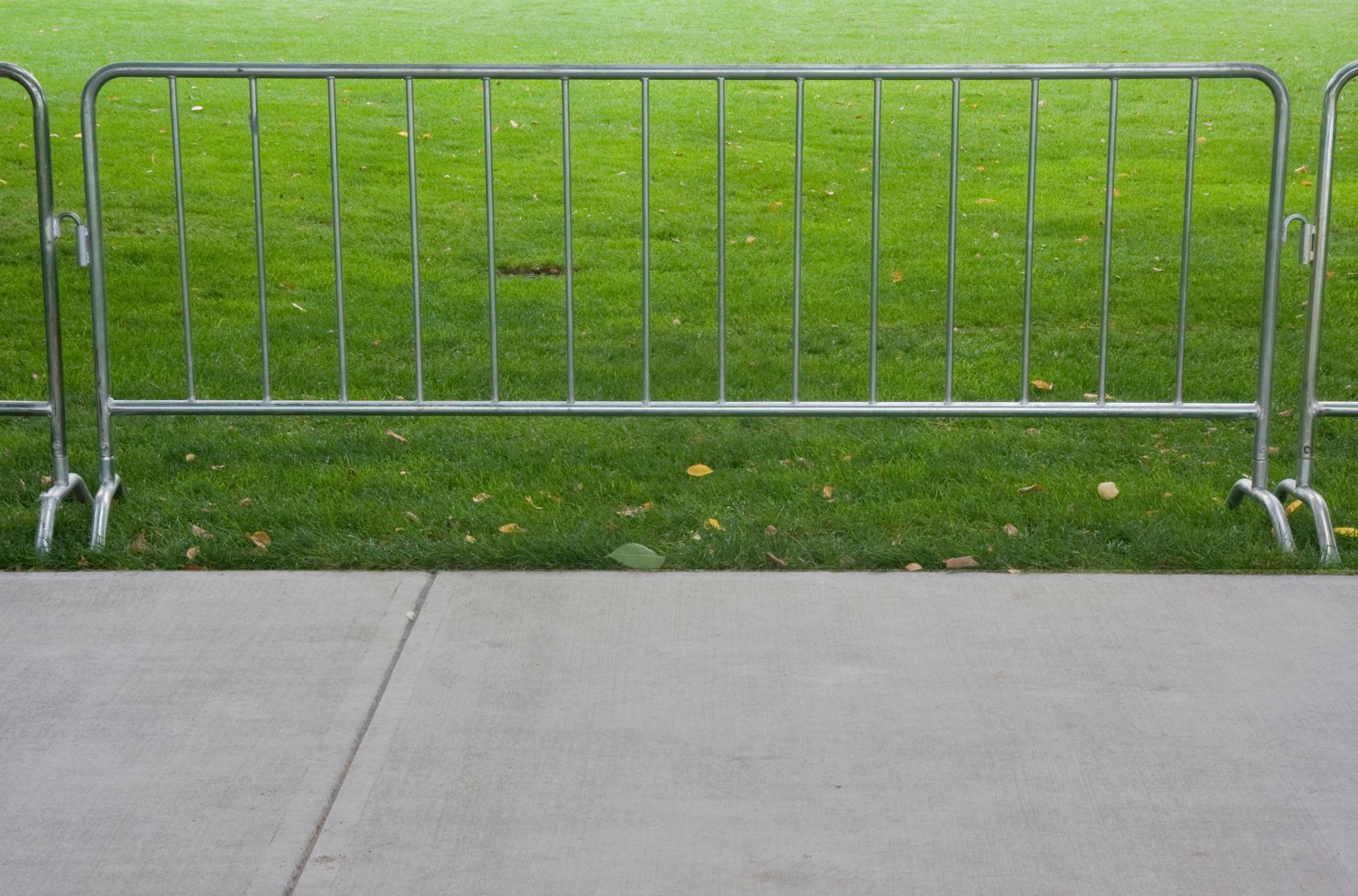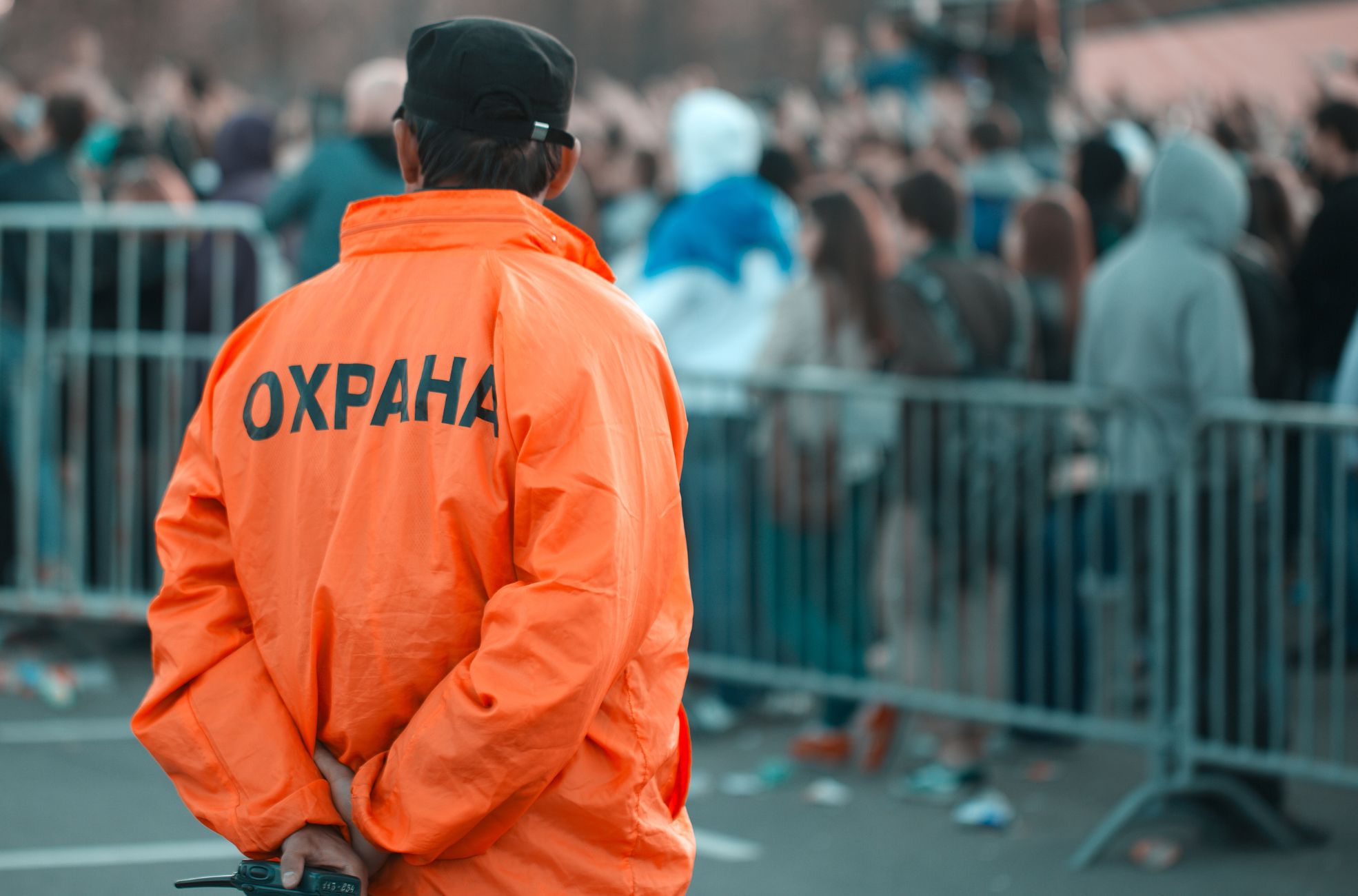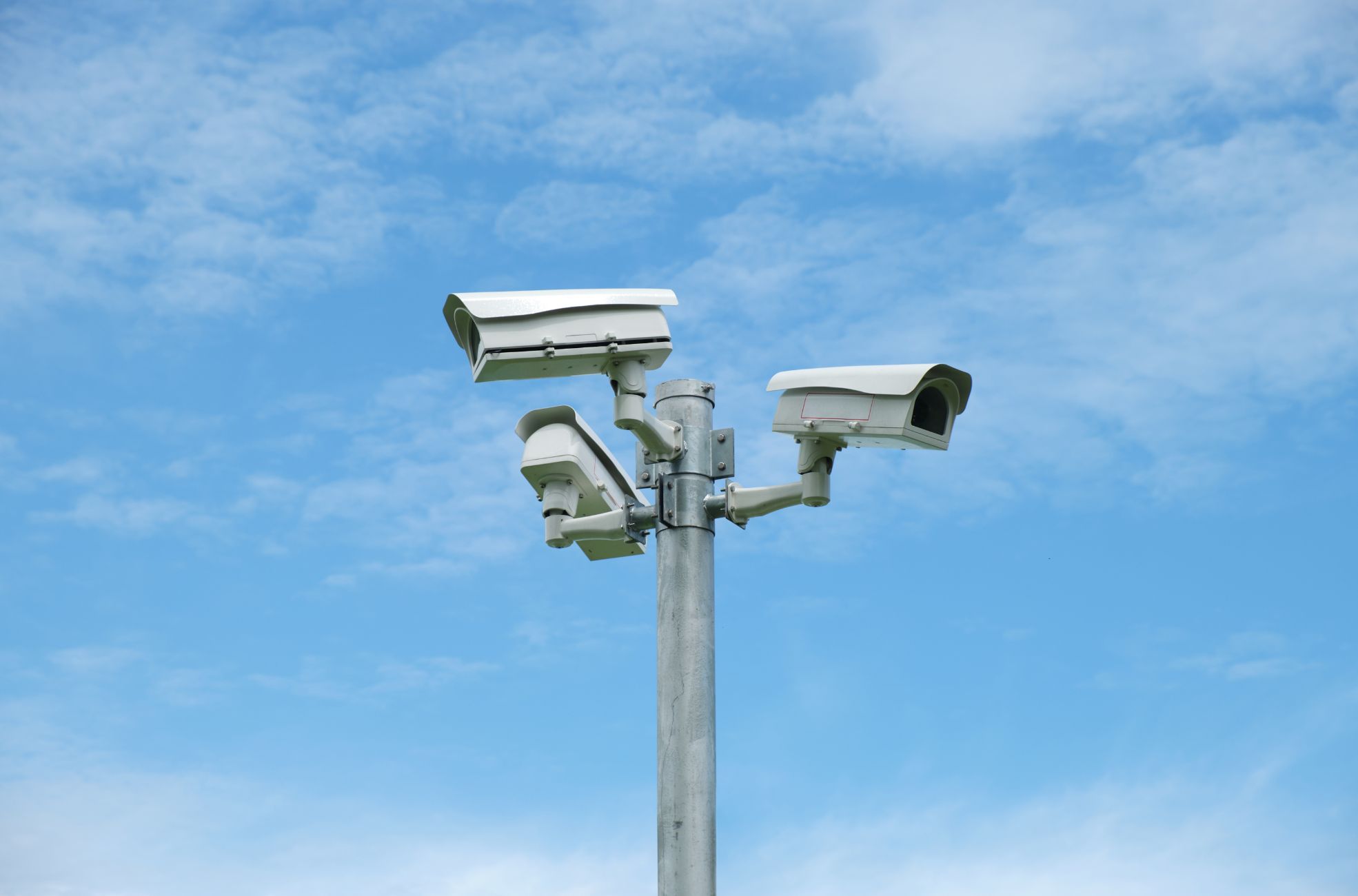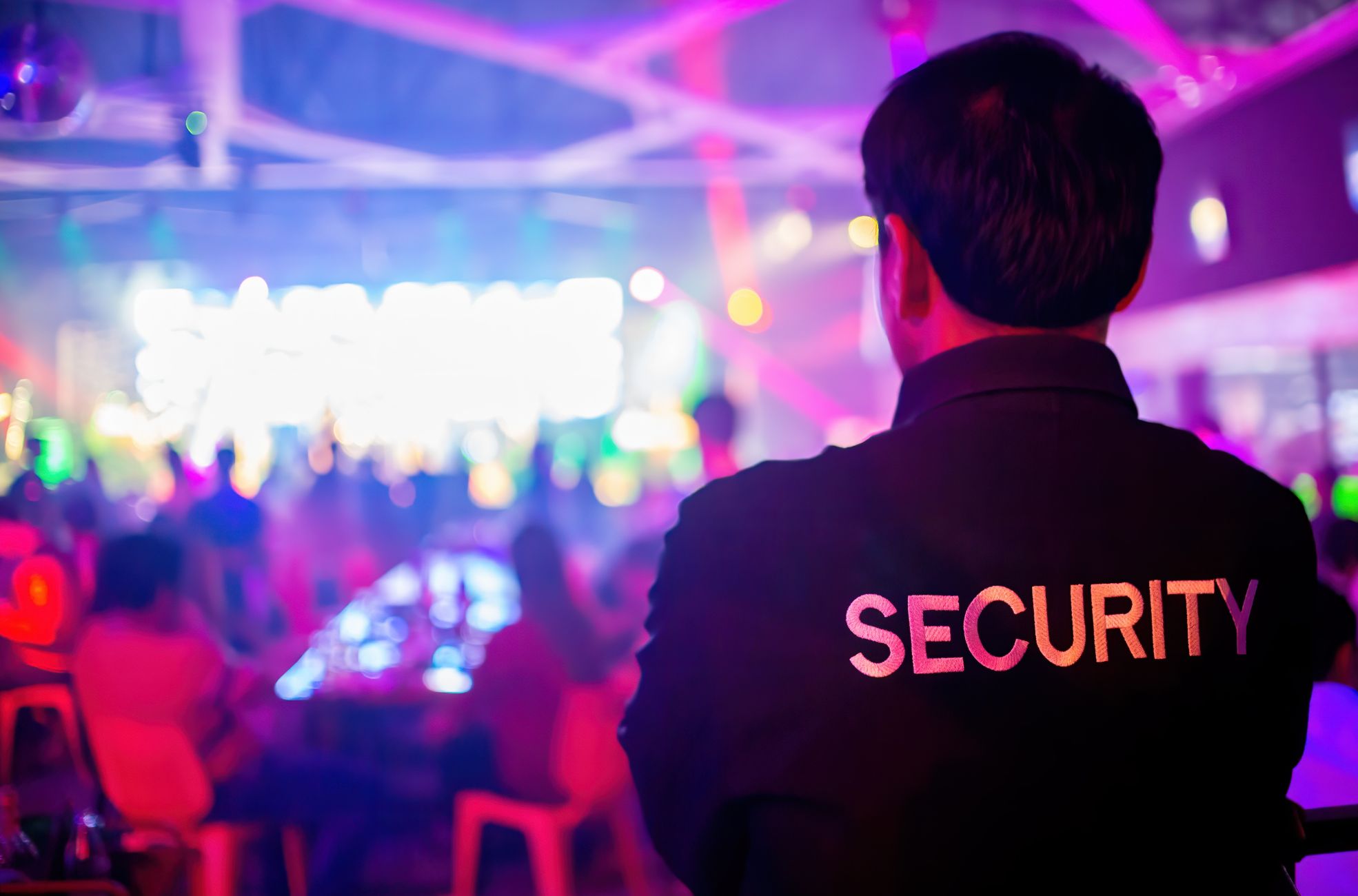Event Security is an essential component of modern event planning, demanding meticulous attention to detail and a proactive approach to risk management. As events become more complex, organisers are entrusted with ensuring attendees’ safety while navigating an array of potential threats.
From crowd control to emergency response, implementing strategic event security solutions is vital for the successful execution of events. We explore the multifaceted nature of security planning, offering insights into effective risk assessment strategies, physical security measures, technological innovations, and the importance of expert training and coordination.
By exploring these key topics, event planners can create a resilient security framework that protects guests and upholds the integrity of their events.
Building a Robust Event Security Framework
Importance of Event Security
The significance of security at events can’t be overstated. Organisers are responsible for ensuring the safety of attendees, and the consequences of security breaches can be severe, ranging from injuries to fatalities and legal repercussions.
Events, especially those that qualify as mass gatherings, are susceptible to a variety of risks, including active shooter scenarios, fires, natural disasters, contagions, theft, and unruly behaviour. The presence of a well-trained security team acts as a safeguard, providing protection and peace of mind for everyone involved.
A secure event enhances the reputation of the organisers and contributes to the event’s overall success.
Assessing Venue Security Needs
Creating a secure environment for an event starts with thoroughly assessing the venue’s security needs. This involves identifying all potential entry points and establishing clear boundaries, especially for outdoor events. The size and scope of the event, along with its location and nature, are key factors that influence the types of security measures you’ll need.
For instance, larger crowds increase the likelihood of incidents, thereby necessitating a more robust security presence, which might include armed personnel. It’s also important to keep an eye on unusual ticket purchasing patterns, such as bulk buys, which could indicate planned disruptions. Venue capacity limits must be strictly enforced to prevent overcrowding and ensure effective crowd management.
Developing a Comprehensive Security Plan
A comprehensive security plan is the cornerstone of event security. This plan should be developed in collaboration with venue management and cover all aspects of security management. Conducting a thorough risk assessment is essential to identify potential threats and inform the development of security policies and procedures.
Access control systems, including ticket validation and ID checks, are essential to manage entry to the event. Crowd management plans should address crowd density, entry and exit routes, and emergency evacuation procedures.
Communication is a huge component of event security. Security personnel must be equipped with means to stay in constant contact, such as walkie-talkies, and channels for communication with emergency responders should be established.
Training is equally important. Security staff should be well-prepared to identify and respond to threats, and regular drills should be conducted to ensure readiness.
Security measures should also extend to vendors and event staff, with background checks, badges, and access restrictions in place. Attendees should be informed of security policies through event materials and signage. After the event, a thorough evaluation of the security plan’s effectiveness is necessary to pinpoint areas for improvement.
By investing in advanced technology, strategic planning, and skilled personnel, organisers can ensure that their event is successful and safe for all participants.

Risk Assessment Strategies
Identifying Potential Security Threats
The foundation of robust event security lies in the meticulous identification of potential threats. This proactive step safeguards against hazards that could arise before, during, or after an event. As the number of participants increases, both in the planning and execution stages, the likelihood of risks increases.
Event planners must be vigilant in spotting a range of dangers, from minor incidents like vandalism to major disruptions such as unruly mobs, especially when alcohol is involved, or even acts of terrorism. Weather conditions also play a significant role, with outdoor events being susceptible to lightning strikes or other severe weather phenomena. The safety of food and beverages is another concern, as is the provision of sufficient medical assistance.
By anticipating these threats, event planners can establish a framework for a secure event environment.
Analysing Risk for Different Types of Events
Each event is unique, with its own set of challenges and risks. The nature of the event, whether it’s a large-scale corporate gathering or a public concert, dictates the specific security needs. For instance, corporate events may involve complex logistics and high-profile attendees, requiring a more sophisticated approach to risk management.
Public events, on the other hand, might be more prone to crowd-related issues such as stampedes or riots. Event planners must consider past incidents associated with similar events as indicators of potential risks. A thorough venue analysis, including inspections for capacity, accessibility, and emergency procedures, is essential.
Additionally, the demographics of attendees, such as the presence of senior citizens or persons with disabilities, must be taken into account to ensure their safety and cater to their specific needs.
Implementing Preventative Measures
The next step is to implement preventative measures once potential threats have been identified and analysed. This involves developing a comprehensive risk management plan that outlines strategies to mitigate or eliminate identified risks. Preventative measures may include conducting background checks and ensuring all vendors and suppliers comply with safety standards.
Security measures should be visible to act as a deterrent, with checkpoints set up to confront potential threats before they reach the event space. The use of technology, such as digital record-keeping tools and mobile inspection apps, can streamline the risk assessment process, allowing for real-time updates and instant report generation.
Event risk assessment templates and checklists are valuable tools in documenting and centralising the identification of hazards. Moreover, the establishment of a risk management team with cross-functional collaboration ensures a comprehensive approach to security.
In emergencies, having an incident report form ready, along with a clear emergency response plan, is vital. Medical emergencies require on-site medical facilities staffed with trained professionals and clear pathways for ambulances. For outdoor events, emergency tents should be on standby for evacuation, and contingency plans should be in place for severe weather conditions.
Security personnel should be adequately briefed and equipped with communication devices to maintain constant contact. For high-risk events, hiring security professionals or off-duty police officers may be beneficial. Additionally, publicising the inspection of personal bags in advance can enhance guest compliance and safety.

Physical Security Measures
Entry Point Control and Surveillance
Evaluating the venue’s layout is essential to determining the most effective locations for entry and exit points, aiming to alleviate congestion and facilitate a smooth flow of attendees. Ticket scanning systems ensure that only valid ticket holders gain access, while bag checks help maintain a secure environment by preventing the introduction of unauthorised items.
Crowd control barriers are necessary for guiding attendees and maintaining order at access points. Staff and volunteers are integral in overseeing crowd movement. They must be adept in recognising various types of wristbands and credentials, including RFID wristbands, which are beneficial for tracking attendee movement and expediting access control.
Effective communication with attendees is imperative, utilising signage, announcements, and screens to inform them of entry and exit procedures. Monitoring the efficiency of these systems during the event can lead to valuable enhancements for future events.
Crowd Management Techniques
Effective crowd management is vital for maintaining a safe environment. It encompasses strategies from the physical arrangement of the venue to the staff training. Risk assessments enable planners to pinpoint hazards and inform the development of crowd control strategies.
Dividing the venue into zones and adhering to seating arrangements can mitigate the risks of overcrowding. Ticketing Services aid in managing seat assignments and ensuring the safety of attendees. Signages and fencing are important for guiding attendees safely throughout the venue.
Crowd management involves not only using barriers and physical structures but also a comprehensive strategy to ensure safety through meticulous planning and communication. These elements are crucial in averting incidents that could compromise guest safety and the event’s reputation.
Emergency Response Planning
Developing an emergency response plan is imperative, encompassing contingencies for fires, severe weather, and other critical situations to enable a coordinated response. Security infrastructure, including checkpoints and surveillance cameras, plays a key role in safeguarding attendees from external threats. A proficient security team is necessary for the prompt resolution of any issues.
In the event of an emergency, it is essential for staff to guide and protect attendees effectively. Offering a ticket exchange option can provide flexibility for attendees in case of unexpected changes. Diligent planning, robust risk management, and a skilled team are fundamental to the protection of all participants.

Technological Solutions in Event Security
The integration of advanced technology has revolutionised event security, providing a more coordinated and effective approach to safeguarding attendees. Centralising surveillance cameras, access control systems, and communication tools into a unified platform offers real-time data, enabling a swift response to any incidents.
Use of Surveillance Technology
AI and video analytics are revolutionising event security surveillance. These systems can scrutinise real-time video feeds, pinpointing unusual activity, unattended items, or crowd anomalies. This proactive surveillance bolsters situational awareness and empowers security teams to address potential threats preemptively.
Drones are also being utilised, providing an aerial perspective that is invaluable for overseeing large crowds and enabling a rapid response to any developing situation.
Digital Ticketing and Identification Systems
Biometric technology, such as fingerprint and facial recognition, is increasingly used for event access control. This technology not only bolsters security by verifying the identity of individuals accessing restricted areas but also expedites the entry process, leading to reduced wait times.
RFID and NFC technologies are employed for attendee identification and tracking. These technologies enhance access control and contribute to crowd management. They also yield valuable data for post-event security assessments.
Integration of Mobile and Wireless Technology
Mobile applications are being used to improve communication and coordination among security personnel. These apps enable sharing real-time information, emergency alerts, and instant communication, leading to a more dynamic security operation.
Threat detection software scrutinises online data and social media for potential threats or planned disruptions, providing an early warning system that allows security teams to adjust their strategies proactively.
Crisis communication platforms are essential during security incidents. They enable swift and coordinated communication between security teams, event organisers, and emergency services, ensuring that accurate information is disseminated efficiently.

Training and Coordination
Staffing for Security: Roles and Responsibilities
A well-defined structure of roles within the security team is required for the smooth operation of an event. Security personnel play a central role in maintaining order, enforcing regulations, and providing assistance. Their responsibilities are shaped by the specific demands of each event, including the venue’s characteristics and the participants’ profiles.
These team members are tasked with constant vigilance, ready to act upon any irregularities. They are required to possess a Security Licence, which validates their qualifications for the role. Their skill set should encompass conflict resolution, a welcoming demeanour, and proficiency in various security operations.
Although sometimes underestimated, their role in customer service is vital for fostering a positive atmosphere for those attending.
Training Programs for Security Personnel
Ongoing training is imperative for security staff to stay adept at managing the diverse challenges of event security. Training curricula must encompass the full spectrum of security duties, ensuring readiness for any situation. Security personnel must undergo regular training, which is refreshed periodically to maintain their certification.
Continuing education is mandated for certain roles, such as commissioned officers and personal protection officers, who may also be required to demonstrate firearms proficiency.
Team exercises are integral to the training, fostering a collaborative security environment. These exercises focus on practical scenarios, sharpening the team’s skills in risk assessment and the execution of security protocols. To confirm their capabilities, security staff must complete evaluations and participate in most training sessions.
Coordination with Local Law Enforcement
Collaboration with local law enforcement agencies is an integral aspect of security planning. Organisers must navigate the regulatory landscape, which may entail engagement with various governmental bodies. The requirements for law enforcement support can vary by location, with different jurisdictions setting their own standards for event security.
The police or relevant public safety agencies determine the necessary number of officers and security guards for an event. They may authorise the use of volunteers for non-critical roles. This partnership is characterised by mutual support, with law enforcement providing guidance to enhance security measures.
The planning phase often includes multiple public entities, underscoring the importance of a unified approach. Organisers may be responsible for funding certain aspects of law enforcement services. Such cooperation ensures that the security strategy is effectively customised to address each event’s unique needs.
Securing Memorable Events
The landscape of event security is a complex tapestry woven with the threads of meticulous planning and cutting-edge technology. Each thread is an essential component in creating an event and an experience where safety underpins every memorable moment.
Our role as organisers transcends the mere coordination of logistics; it’s about crafting an ambience of assurance. As audiences evolve and risks diversify, we must continue adapting to innovative security measures that are as invisible as invincible.
Let’s commit to making each event a secure foundation for celebrating the moment and preserving well-being. After all, an event’s success is ultimately measured by its participants’ confidence and contentment.







